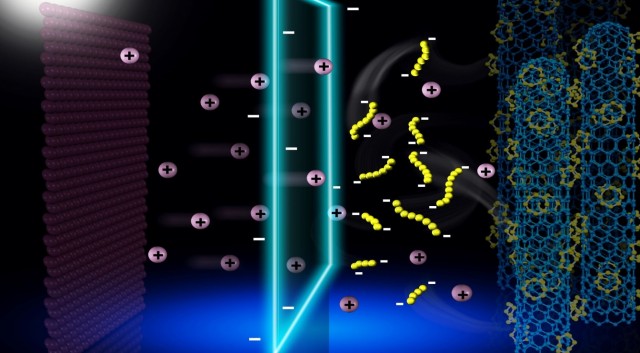Sony is planning to revolutionize the tech industry by introducing a lithium-sulfur battery by 2020 that could boost performance capabilities by 40 percent.

Back when Sony introduced the first commercial lithium-ion battery in 1991, it took a few years to gather steam, but is now a significant part of the battery industry. Two decades later, the company wants to take the battery capacity from 700Wh/L in lithium-ion and boost it to 1,000Wh/L with lithium-sulfur.
The reason lithium-ion batteries are able to provide such a large range of power is because different devices and applications require different chemistries and formulations. Lithium-ion devices intended to deliver high amounts of power tend to have low energy density, and batteries that supply small amounts of power are able to pack more energy per unit volume.
While it’s impossible to evaluate Sony’s 700Wh/L and 1,000Wh/L without knowing more about the devices these chemistries will power, the 40 percent improvement by 2020 could cause a widespread adoption of the battery. Sony is allegedly working on two different types of battery chemistry – one lithium-sulfur and a magnesium-sulfur. How the new technology will perform in comparison to the well-established lithium-ion is unclear, but magnesium is more abundant in Earth’s crust, does not react in air, and is simple to mine.
Some may argue that we don’t need anything as extreme and radical as lithium-air to make a battery and renewable energy economy more practical, but the reality is that a hypothetical lithium-sulfur battery could equal the weight of current lithium-ion batteries with 40 percent more the performance. This power cell could have a significant impact in the range for devices such as electric cars.
Even if Sony introduces its lithium-sulfur battery by 2020, it may not be until 2025 or 2030 before we see the widespread adoption across the entire industry as it took years before lithium-ion moved from niche applications to broad availability.
Source: Extreme Tech
Advertisement
Learn more about Electronic Products Magazine





